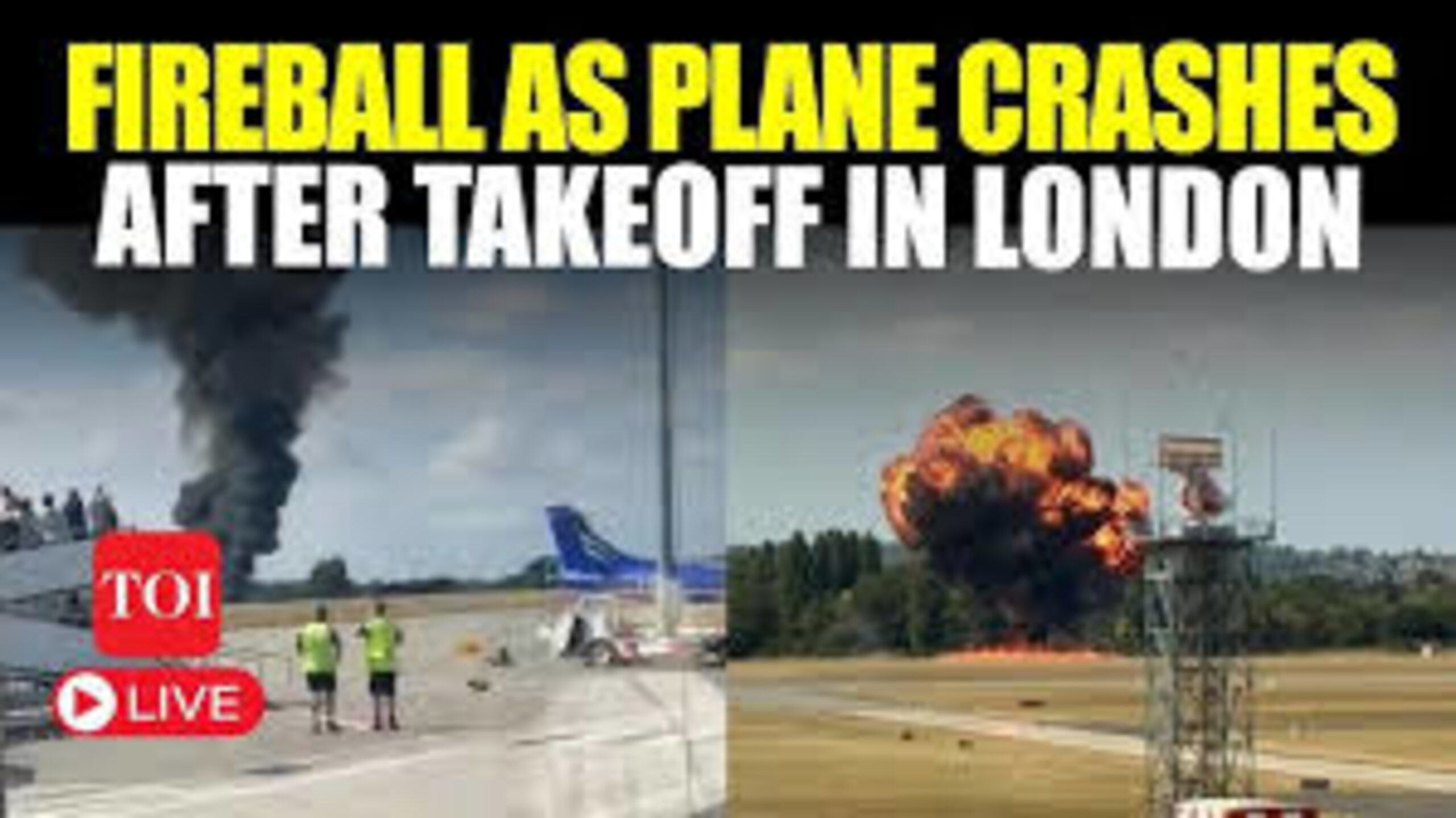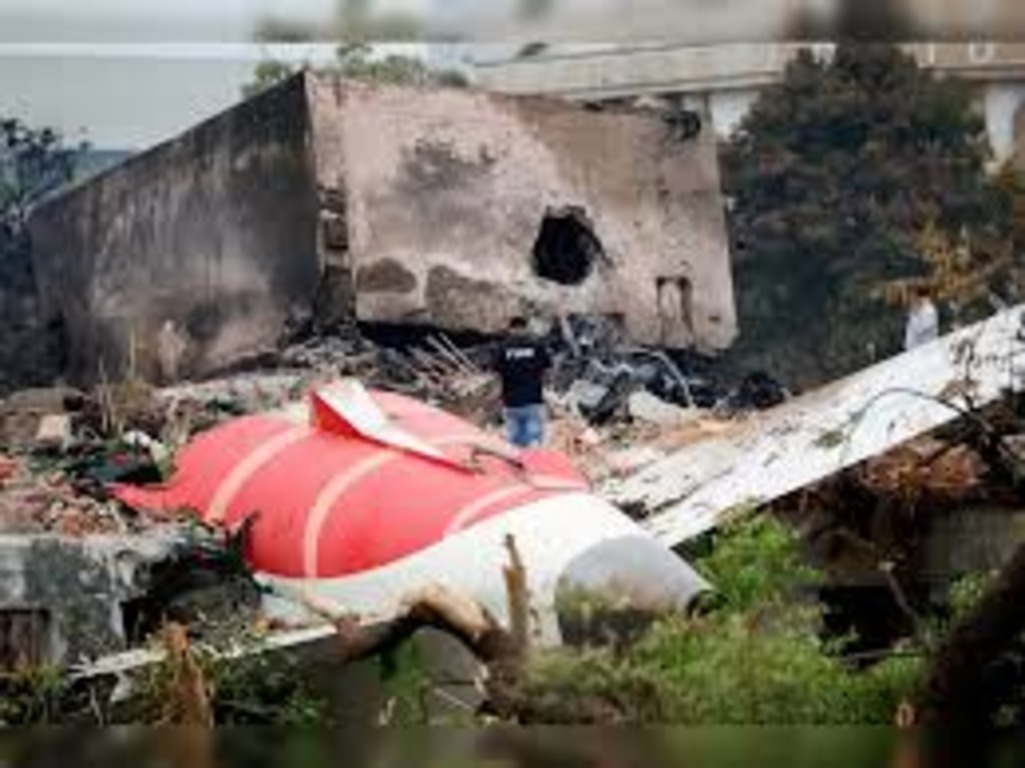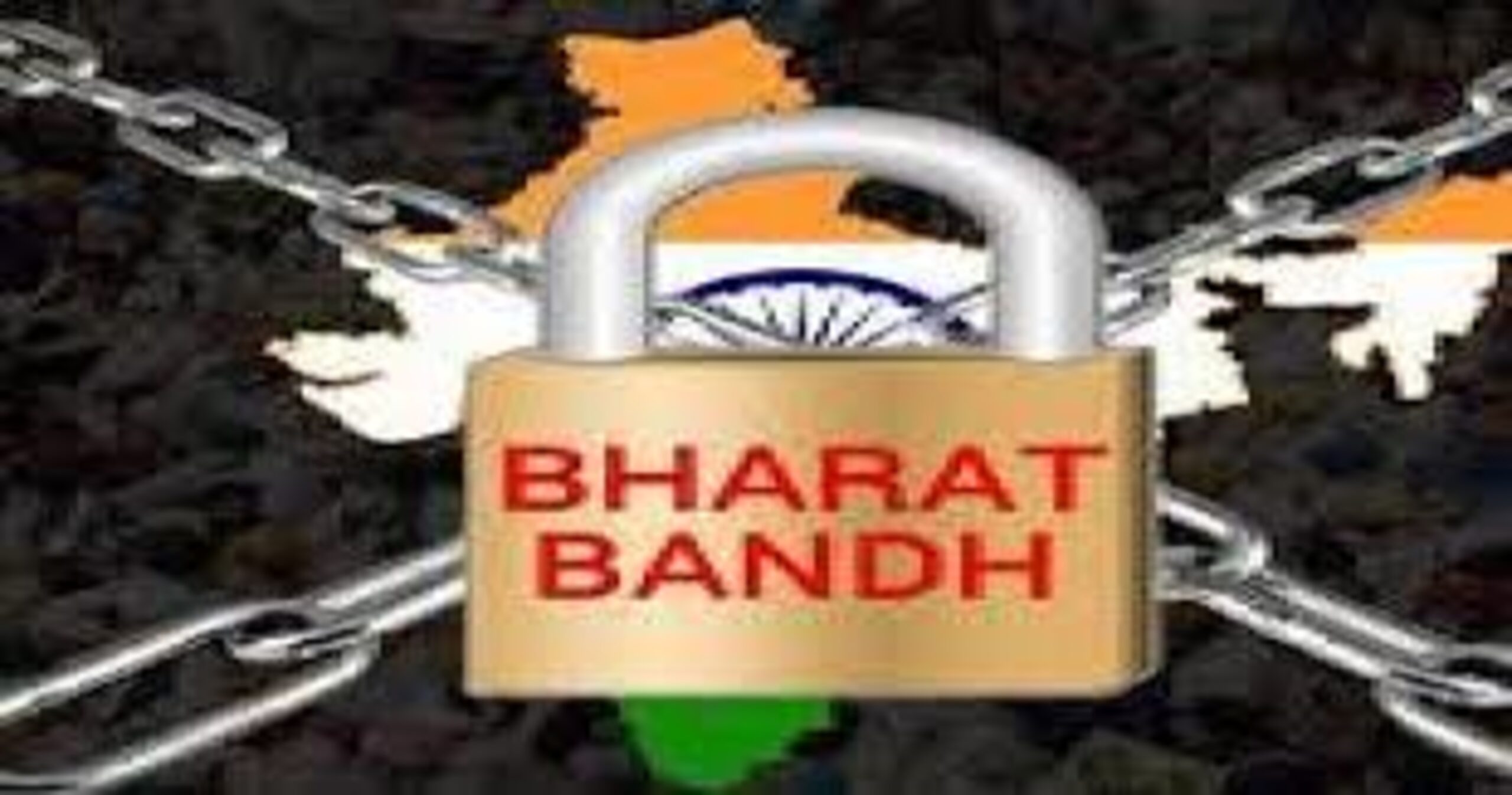
After Pahalgam Wake-Up Call, MHA Mandates Emergency Drills Across India – Here’s What You Need to Remember
The Ministry of Home Affairs (MHA) issued an urgent order to have large scale mock drills on civil defense readiness set for May 7 in various states following the devastating Pahalgam flash floods that stranded tourists and crippled infrastructure. This arrangement of drills is an attempt at containing and managing proactively climate disasters which are becoming more frequent. Hold on for a second, is life at risk, and these drills could actually help?
Why are so drills coming in now? The aftermath of the Pahalgam floods
Pahalgam’s Jammu & Kashmir hotspots last month resulted in terrible floods turning into the new tourist hotspot:
Delays in the evacuation of stranded tourists.
Total collapse of communication networks.
Delays at receiving rescue ops.
Coordinating and controlling lack of local authority agency integration with central was the final trigger.
To address MHA’s Solution Guides as follows: floods or landslides hypothesis activated simulational testing nationwide for immediate response unit drills and evaluate the set disaster reply mechanism.
Mock drills: May 7 preperation targets include:
Participants: Sets Himachal, Uttarakhand, risk states include Kernal and Tamil twee zones.
Specific target scenarios: Flash floods erupting through steep mountains.
Primary Test features: Determining levels of efficiency of the early warning systems deployed.
Coordination among different agencies (NDRF, SDRF, local police).
⚠️ Public Advisory: Citizens within the drill zone should expect to hear sirens and sight emergency vehicles; panicking is unwarranted.
5 Remodels Which Could Alter The Face Of India’s Disaster Management System
Tourist Safety: Measures for the rapid relocation of at-risk groups (old aged persons, children) from hotels/trek locations.
Equipment Modernization: Use of drones and satellite communication devices in times of emergencies.
Community Training: Local citizenry taught the fundamentals of rescue operations, based on the 2018 flood’s lessons in Kerala.
Infrastructure Audits: Risk assessment for resilience evaluation of bridges, roads, and hydropower projects.
Emphasis on Strategies: Proactive measures for post-evaluation of disaster funding approvals.
Criticism and Challenges
Tokenism Fear: Activists alert that drills should result in structural changes rather than administrative oversimplifications.
Urban Blindspot: Chronic flooding contenders like Mumbai and Chennai excluded from consideration.
Climate Disregard: Certain states persist in underestimating the connection between harsh weather conditions and climate change.
What Citizens Should Do
Be Acquainted With The Area: Verify maps for possible state-issued flood or landslide risks.
Emergency Bag: Packaged foods, medicines, and dry torch, prepareable chargers in advance.
Always Keep Abreast With The Latest Developments: Follow @NDRFHQ on Twitter for live updates.
The Bigger Picture: Climate Crisis = National Security Threat
These exercises are a red flag considering IMD’s prediction of an increase of 50% rainfall events in 2024. As Home Minister Amit Shah put it, “Preparedness isn’t a choice—it’s India’s new civility.”
Why This Matters:
CEEW report states that 75% of Indian districts are now climate vulnerable.
India’s inefficient disaster handling leads to a $9.8 billion loss every year (World Bank).





